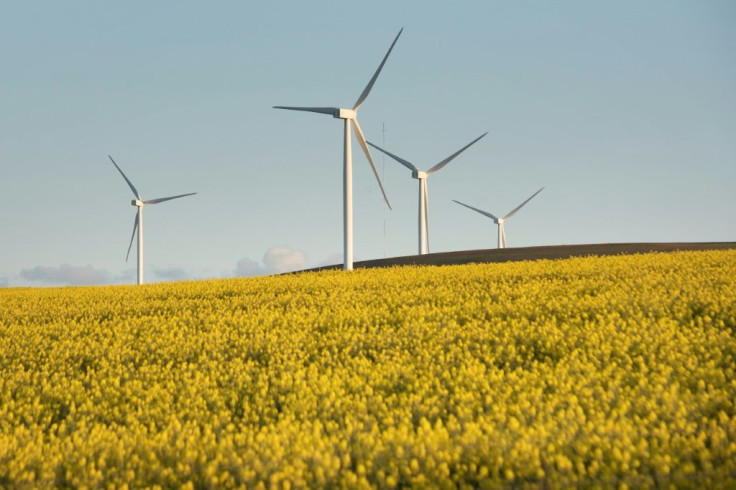Multi-Rotor Wind Turbines Hold Clear Edge Over Single-Rotor Design, Finds Study

Wind energy seems to be the big thing these days. It is clean, plentiful, and green. This makes it a desirable option. But is it everything it seems? If it is such a great solution to the fossil fuel dilemma, why do we not see it everywhere?
Turns out not all wind turbines in large farms have the same efficiency because of turbulence caused when the giant rotors spin in the wind. Now, a study by researchers from Aarhus University and Durham University in the UK has found that turbines with four rotors on the same base have a number of advantages over current designs that just one rotor. The researchers worked with models of fluid dynamics using high-resolution numerical simulations to conclude the advantage of this new design.
Wind turbines are relatively expensive to build. Their sheer size alone makes construction difficult. A single blade can be as long as 150 meters! The base must be strong, sturdy, and tall. The entire unit is designed and built to withstand everything that nature can throw at it and more.
It is not possible or cost-efficient to place a turbine just anywhere. There has to be a steady supply of wind. In some cases, this requires enormous towers. The blades have to be lifted high enough to avoid obstruction from the surrounding landscape.
There are thousands of turbines in the U.S. alone. Are they efficient? As a whole, yes! Harnessing a clean natural resource for power is an excellent idea. The problem is that so many are needed to produce a viable amount of energy. The numbers required to provide amounts of energy equivalent to our current use are astounding.
Airflow is the key to an efficient wind turbine. If the turbines are in a single row, they produce efficiently. That, however, does not make good use of the land. Placing them in rows would seem to be the best solution, but it is not. When the wind turns the turbines, it is disrupted. This renders the successive turbines in the row less efficient.
There is as much as 4 percent loss in productivity for each turbine in the row going backward from the lead. This means that if you have 5 of them in a row, the last turbine is 16 percent less efficient than the one in front. That is a huge difference.
Researchers have found that turbines with four rotors are great at reducing the effect of this disruption. The extra blade is also great for boosting efficiency. They are also less expensive to make.
"We found that turbulence and currents in the wake of the turbines recover much faster with multi-rotor turbines," said Mahdi Abkar, assistant professor at the Department of Engineering, Aarhus University. "This means that, with multi-rotors, a second turbine downstream will produce more energy and will be subjected to less load and stress, because the turbulence is correspondingly smaller."
There are other clear advantages to this design: the multi-rotor turbines produce up to 2 percent more energy than single-rotor ones, they are easier to build and transport, and even if one of the rotors develop a glitch the others will continue to produce power.
Every great technology gets an upgrade. Maybe this is the solution that we have been waiting for to make wind energy more available.
© Copyright IBTimes 2024. All rights reserved.






















